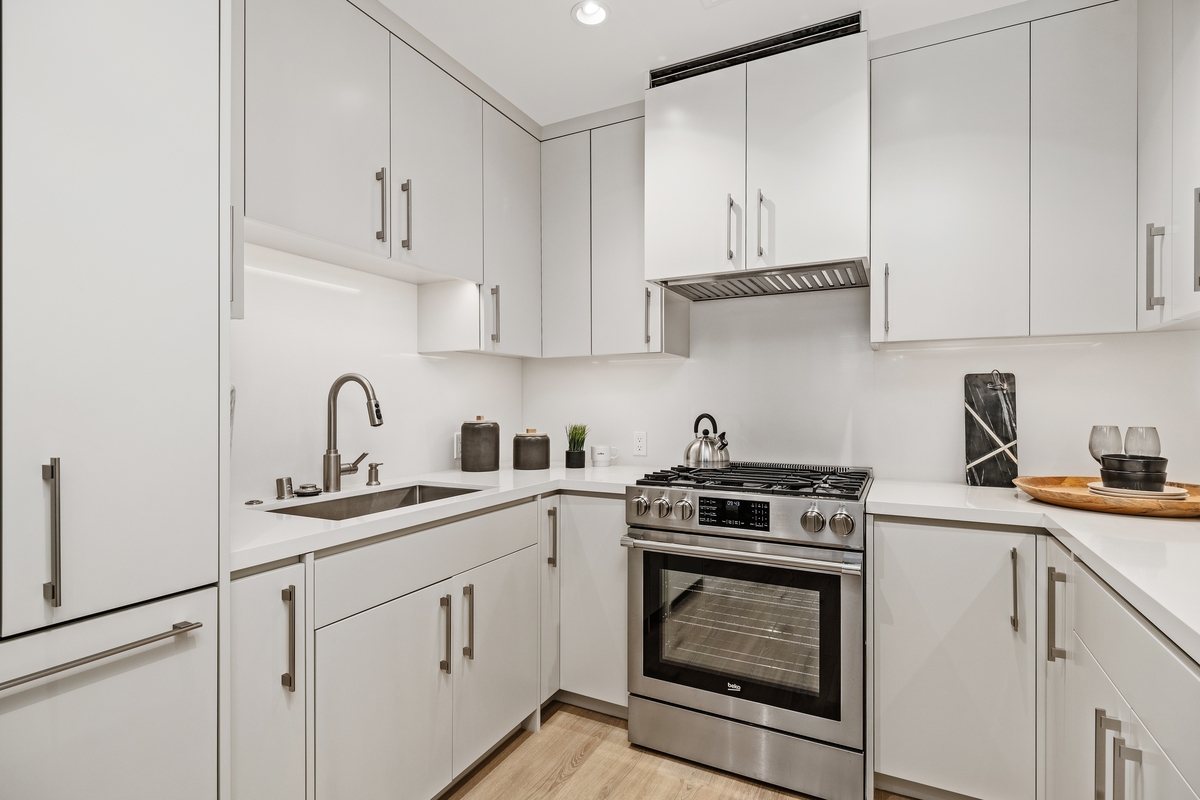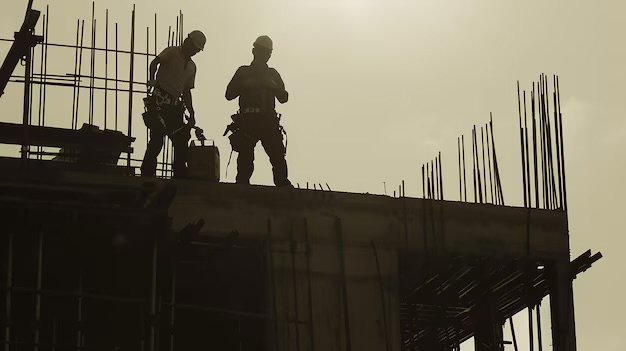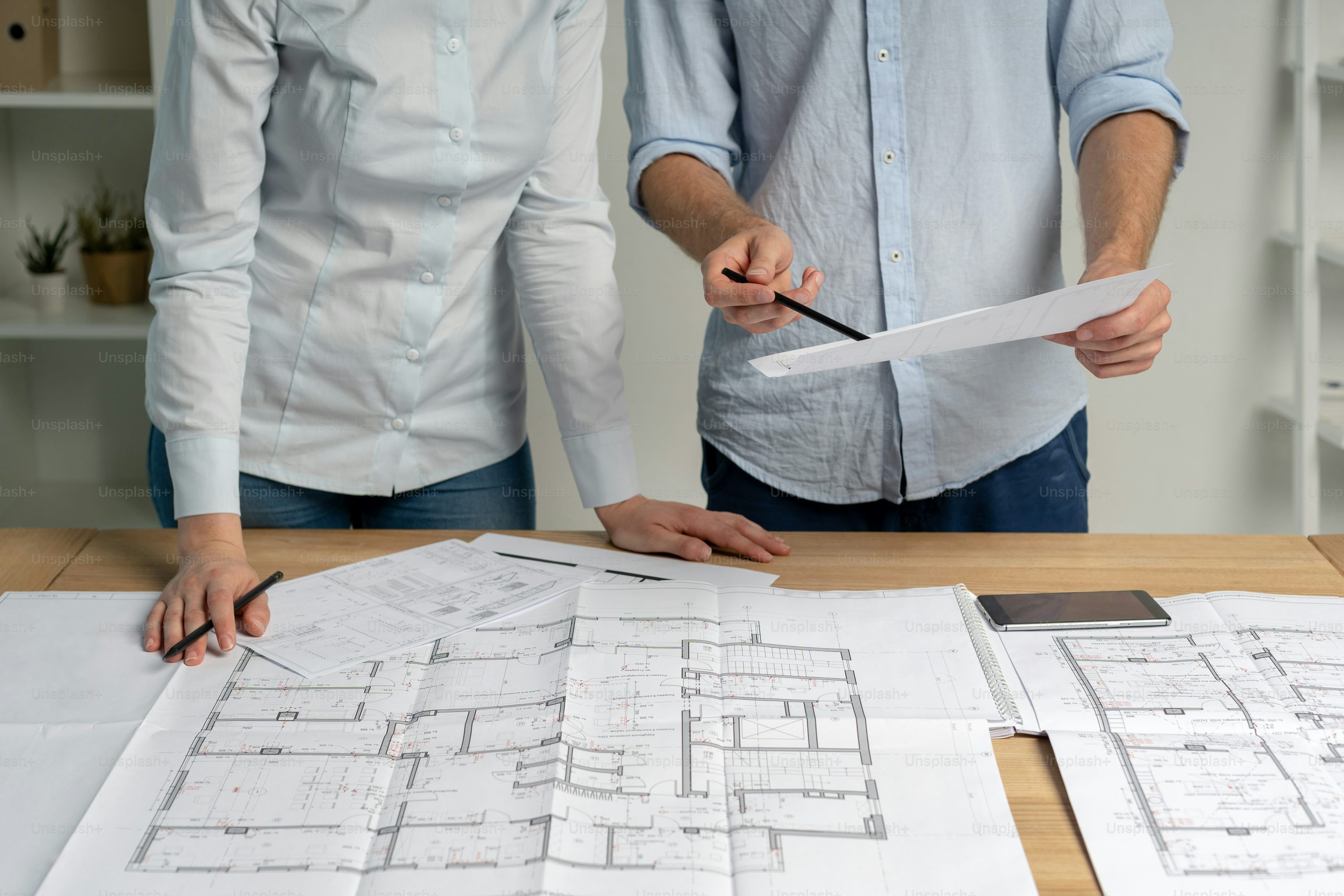Rebuilding Pacific Palisades After the Fires: Navigating Recovery in a Changed Landscape

A Community Redefined by Fire
The 2025 wildfires that swept through Pacific Palisades left more than just destruction in their wake, they left a deep, lasting mark on the community’s identity. With over 6,800 structures lost and thousands of families displaced, the fires exposed vulnerabilities in emergency infrastructure, environmental planning, and housing policy. In a region already challenged by high construction costs and strict zoning laws, the fire intensified the urgency to rethink how rebuilding happens, who gets to rebuild, how quickly, and at what cost.
As the community grapples with these questions, residents, builders, local agencies, and neighborhood groups are engaging in the complex process of restoring homes, infrastructure, and lives.
Environmental Hazards and the Realities of Cleanup
One of the first and most pressing issues in post-fire recovery has been the safe removal of debris. Much of the damage occurred in hillside properties and older homes, many of which contained hazardous materials like lead, asbestos, and chemical-treated wood. The steep terrain of the Palisades complicates access for cleanup crews and delays the process further.
Cleanup efforts are also subject to environmental oversight by agencies such as the EPA and CalRecycle. Before construction can even begin, properties must pass a series of environmental safety checks, soil testing, air quality evaluations, and waste disposal documentation. For many homeowners, these requirements were unexpected hurdles, adding weeks or months to their rebuild timeline.
Specialized teams, including environmental contractors and remediation experts, have been instrumental in clearing these sites safely and swiftly, working in compliance with evolving post-disaster regulations.
Rebuilding More Than Structures: Infrastructure as a Core Challenge
While homes often take the spotlight, the fires also decimated essential infrastructure. Electrical systems melted under intense heat, water lines fractured, and many local roads suffered damage that rendered neighborhoods inaccessible. Entire areas were left without reliable communication networks or emergency water access.
These issues complicate more than just access, they delay permits, stall rebuilding efforts, and place strain on remaining utility systems. Coordinating with agencies like SoCal Edison and LADWP has become a key component of recovery. In response, some construction firms have prioritized not just vertical builds, but integrated infrastructure modernization, including underground utility lines and fire-resilient public works. These forward-looking changes may ultimately help protect the community from future disasters.
Permits, Policy, and the Burden of Bureaucracy
Rebuilding in Los Angeles County is layered with bureaucracy. In Pacific Palisades, hillside zoning, environmental review boards, and coastal commission regulations intersect, making the permitting process uniquely difficult. For many families ready to rebuild, this has led to long waiting periods—even when their lots are cleared and designs are ready.
Recognizing these obstacles, some construction companies have developed internal permitting teams to handle approvals directly with the county. Others have turned to third-party consultants who specialize in navigating city processes. This technical expertise has proven invaluable in accelerating rebuilds and relieving stress from families overwhelmed by paperwork, inspections, and city protocols.
The Cost of Starting Over
One of the most sobering challenges for homeowners has been the steep rise in rebuild costs. After the fires, construction prices soared—often exceeding $1,500 per square foot. Demand for skilled labor spiked, material costs surged, and many families found that their insurance coverage fell short of what was needed to restore their homes to code.
For those navigating underinsurance, financial guidance became just as essential as architectural plans. Builders and advisors who understood insurance claims, FEMA resources, and state relief programs became critical partners in the process. Homeowners who had access to transparent budgeting and cost controls found it easier to make informed decisions and avoid unmanageable debt.
Speculation and Displacement
As rebuild timelines stretched on, another trend emerged: real estate speculation. In the aftermath of the fires, investors began purchasing damaged lots, sometimes for a fraction of their former value. These lots are now being redeveloped into high-end homes, raising concerns about displacement and the long-term social fabric of the Palisades.
While some see this as a natural evolution in a high-demand market, others worry that it could permanently shift the demographic and cultural makeup of the area. Some construction firms and nonprofit housing groups have begun working together to offer shared-equity solutions and low-interest rebuild options for long-term residents. These approaches aim to give legacy homeowners a fair chance to return without being priced out.
Emotional Weight and the Human Side of Recovery
Amid the blueprints, budgets, and site reports, there remains an invisible layer of rebuilding that’s often overlooked: grief. For many, the loss of a home is not just financial, it’s personal. It means saying goodbye to memories, routines, and a sense of place. Navigating that emotional loss while managing a high-stakes construction project can be overwhelming.
The most sensitive recovery efforts have accounted for this, offering flexibility in design, regular check-ins with homeowners, and communication that honors the emotional dimension of starting over. Some builders have taken steps to create trauma-informed processes, understanding that what people need most is to feel heard, respected, and supported.
A Collective Rebuild Effort
The rebuilding of Pacific Palisades is a massive, multi-layered undertaking that stretches far beyond construction sites. It is a reflection of climate risk, urban planning, community resilience, and economic inequity, all unfolding in real time. Success will depend not just on how fast homes can be built, but how thoughtfully and equitably the process is handled.
While no single entity can address every piece of the puzzle, the most impactful contributions have come from those working across sectors, builders collaborating with environmental scientists, engineers aligning with community advocates, and contractors learning from homeowners themselves. It is through this kind of cooperation that a safer, stronger, and more inclusive Palisades can emerge.
For residents beginning the long journey home, finding the right support, technical, emotional, and financial, can make all the difference. And for those watching from outside the fire zone, the Palisades stands as a reminder of how closely our built environment is tied to nature, to policy, and to the strength of the people who call it home.
How FBCORP Contributes to the Path Forward
As one of the firms engaged in post-fire construction across Southern California, FBCORP approaches the rebuilding of Pacific Palisades with both technical precision and a community-first mindset. With experience in fire-zone recovery, environmental remediation, infrastructure rebuilding, and permit navigation, the company focuses on making the recovery process more accessible, more efficient, and more human-centered.
FBCORP supports clients not only with the physical rebuild of structures but also with the less visible elements of recovery, navigating insurance complexities, managing regulatory hurdles, and providing fire-resistant design solutions that align with evolving building codes and sustainability goals. The company’s teams work closely with homeowners, city agencies, and utility providers to ensure every aspect of the rebuild, from debris removal to final inspection, is handled with care, clarity, and professionalism.
Whether working with longtime residents seeking to return home or partnering on larger community-driven rebuild initiatives, FBCORP remains committed to rebuilding responsibly, so that the next version of Pacific Palisades is not only restored, but reimagined with resilience and equity at its core.
Contact us today to get started on rebuilding your community: contact@foundationalbuilders.com



.svg)
